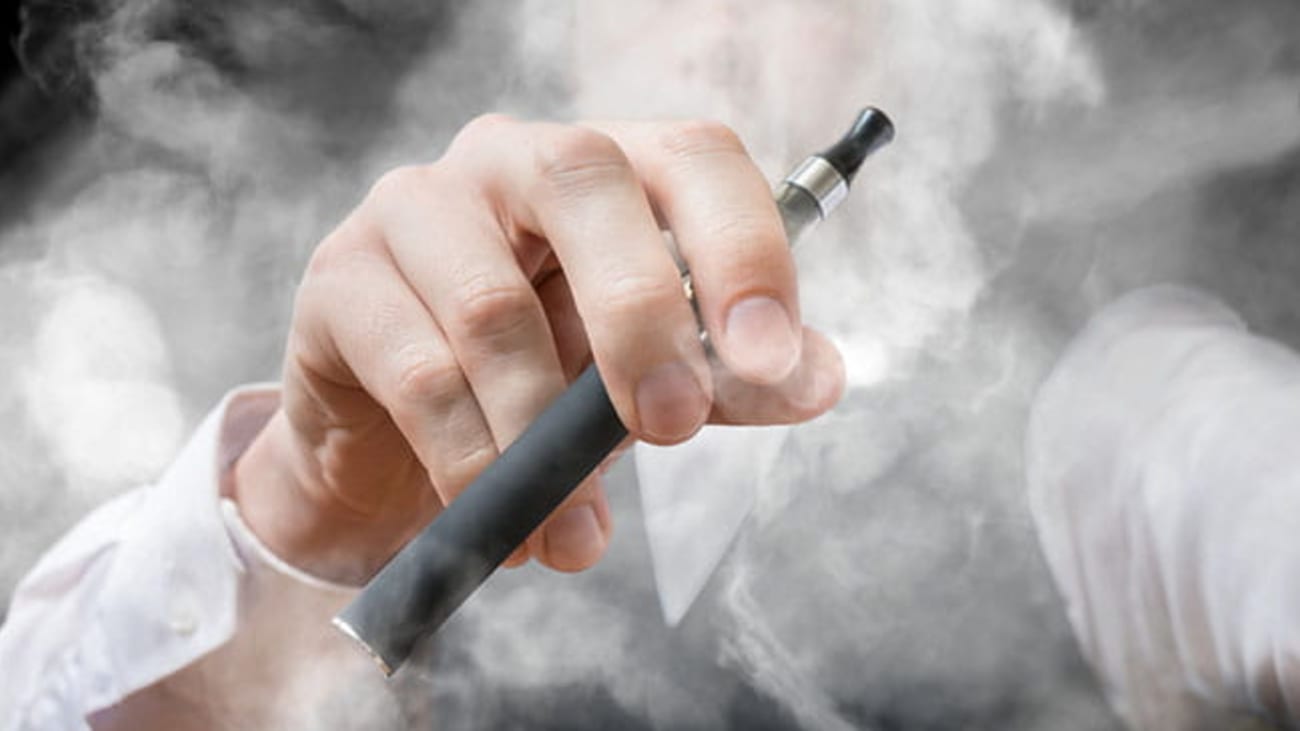

by Shawn Oberrath
Common wisdom warns against smoking cigarettes in the presence of supplemental oxygen, whether at home, in a hospital or in an industrial setting.
And in the modern era, with electronic cigarettes as an alternative, the press has extensively covered incidences of exploding lithium batteries and the burn injuries sustained by individuals in their vicinity.
But researchers led by Steven Kahn, M.D., chief of burn surgery at MUSC, recently uncovered a novel, underreported pattern of injury and shared their findings in the Journal of Burn Care & Research.
Kahn and his colleagues reviewed National Burn Repository data for 2013-2016 as well as articles in the lay press and found that vaping in the presence of supplemental oxygen can ignite the oxygen, leading to burn, fire or explosion, even in the absence of any malfunction.
“I think that anyone utilizing an electronic cigarette needs to know that this is a risk,” said Kahn.
Most injuries associated with electronic cigarettes occur by a process called thermal runaway – the battery overheats because of factors like overcharging, puncture, external heat or inferior quality, leading to an explosion and subsequent injury.
But there is also risk based purely on the design of electronic cigarettes. These devices contain a heating coil operated at temperatures of 300 to 600 degrees Fahrenheit. When the user takes a “pull” from the device, the heated coil atomizes the liquid in a cartridge to form a vapor that can be inhaled.
Such a high heat source in combination with a high flow of oxygen can cause ignition even without thermal runaway.
Couple this risk with the trend of patients with end-stage COPD who are on oxygen and want to quit smoking by switching to vaping, and the danger becomes obvious. Kahn calls for health care providers who are counseling their patients through smoking cessation to be aware of this danger for patients who are on oxygen.
“We need to educate our patients about this important consideration,” he said. “For people who are on oxygen and planning to switch from smoking cigarettes to using e-cigarettes because they think it is safer, they need to know that it's just as dangerous as an actual cigarette.”
In the report, the degree of injuries ranged from minor to life-threatening, and there were multiple fatalities reported. Two reported cases caused fires in hospital rooms and resulted in severe burns.
And while the numbers reported so far are low, it is difficult to assess the true frequency of these injuries because there is currently no medical diagnostic code – or ICD-10 code – for burn injury sustained by vaping while on supplemental oxygen. Kahn and his colleagues had to perform much of their review work manually based on descriptive notes.
Furthermore, around 20% of individuals on home oxygen report that they are smokers, but many people do not consider themselves smokers if they use electronic cigarettes, so that number is likely higher. With a reported 8 million electronic cigarette users and 15 million home oxygen users, Kahn believes there is bound to be overlap.
To overcome these obstacles, Kahn’s next steps are to advocate for an ICD-10 code and perform public health outreach.
“We need a code to show that someone has been injured while smoking or using an e-cigarette so we can better track the public health problem,” he said.
He noted that there are codes for very rare events like being struck by an orca or pulled into a jet engine, yet the codes for electronic cigarettes lag because it is a relatively new type of injury.
Kahn is also concerned about the potential threat in other settings with high oxygen levels, for example industrial environments, so public health outreach efforts will need to include people using at-home oxygen and also the public at large – he wants everyone to know that electronic cigarettes and supplemental oxygen simply do not mix.



